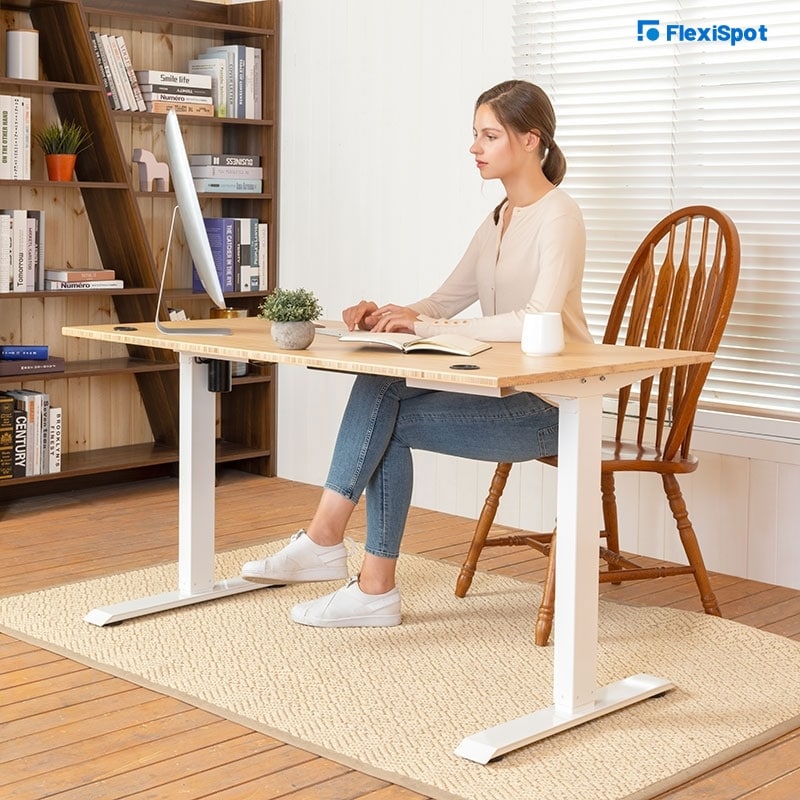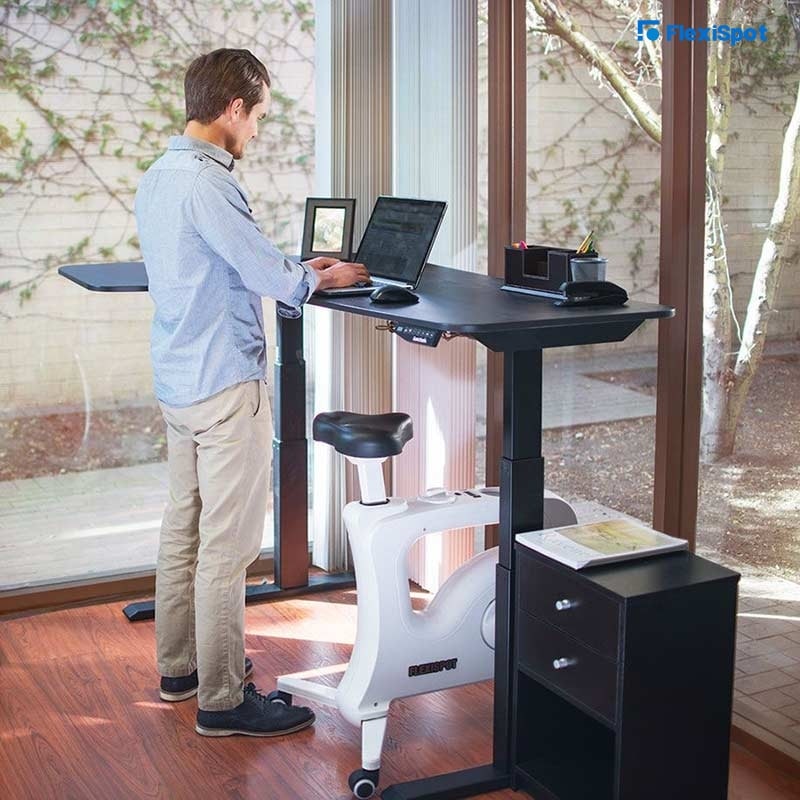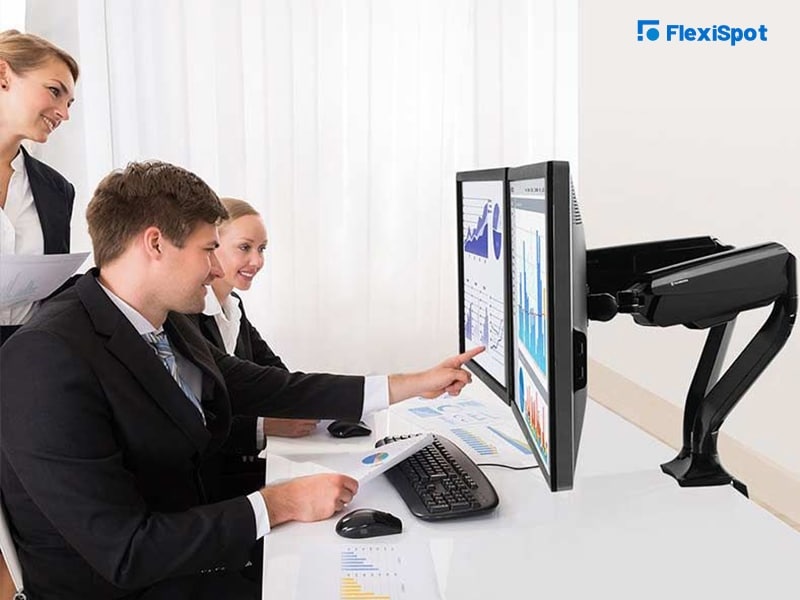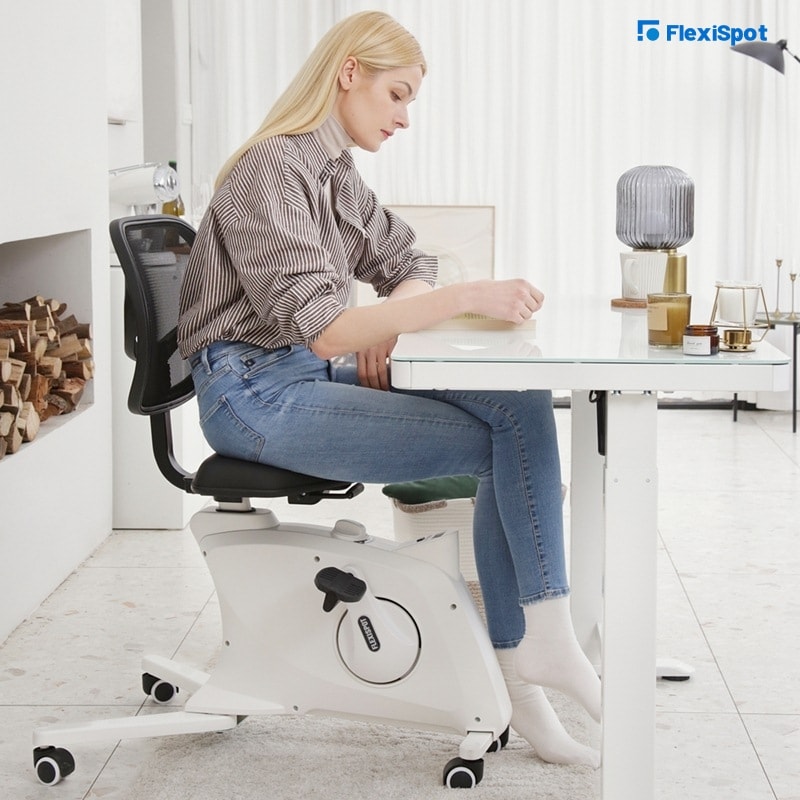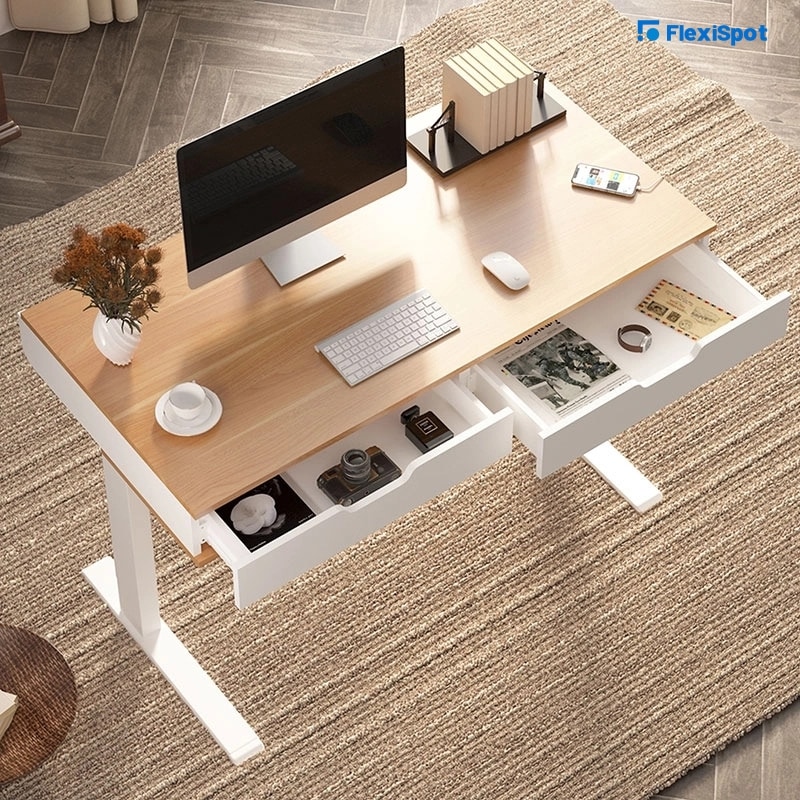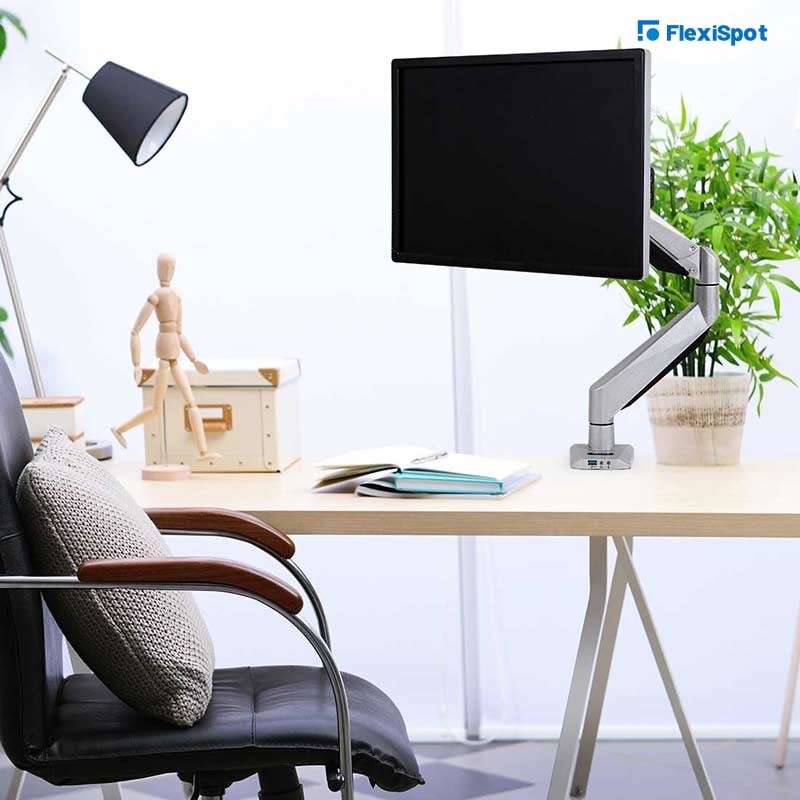Most employers want their employees to work to the best of their abilities. 100% productivity and efficiency and little to no errors are what they expect from their employees. However, when it comes to providing employees with an ergonomic work environment, many employers fail at that level.
If you want the productivity of your employees to improve, the first thing you should be working on is the ergonomics of your office. Office ergonomics involves providing the employees with a work environment where they're comfortable. Comfort for everyone is different, and employers need to ensure that they're able to meet the comfort needs of all employees.
Only when the employees are comfortable will they be able to work to their full potential. What you need to do is to replace all your office equipment with ergonomic products so that you can cater to the comfort needs of all your employees.
However, as we mentioned in the beginning, not many employers focus on office ergonomics, and as a result, their staff pays.
This blog post is all about how important office ergonomics are and how employers get ergonomics wrong.
Importance of Office Ergonomics
You'll be surprised to see the impact of simply providing your employees with ergonomic workstations. Creating an ergonomic workspace might feel like an unnecessary expense right now, but it has significant benefits in the long run for both employees and employers. It's a win-win situation.
Let's have a look at the many benefits of setting up an ergonomic office space.
Enhanced Productivity
Providing the employees with ergonomic work conditions can enhance their productivity by as much as 25%. When you design a workplace that's ergonomically fit for employees, they'll be able to work in a better posture. Better posture means less physical exertion, which eventually reduces fatigue.
Moreover, ergonomic office spaces ensure that the workstation is designed to accommodate everything the employee needs handy. This reduces the number of times they've got to stretch to reach out for frequently needed items. All of it makes a workstation more efficient and employees more productive.
Reduced Errors
What do you do when you've got a lot of work to do and very little time to complete it, and you're just too tired? You sideline quality and just try to get the work off their desks. If the workstations aren't designed ergonomically, the employees might face consequences of poor posture like neck and shoulder pain, lower back pain, headache, and eye strain.
They will tire out sooner, and their efficiency will go down as a result. When their primary objective is to get done with work, there are high chances of error. However, an ergonomic workstation ensures that the employee is comfortable and that they don't have to move around more than they should. Most importantly, an ergonomic workspace ensures the correct posture.
All these factors come into play together to reduce the chances of mistakes in work. You might not believe it, but errors are reduced by 67% when the work environment is ergonomic.
Reduced Costs
Poor ergonomics increases employees' chances of facing the consequences of incorrect posture and musculoskeletal disorders. When employees don't feel the best, they're more likely to be absent frequently. All of this increases the expense for the employer. The employer has to pay more in employee healthcare claims and has to suffer a high incidence of absentees. However, when the employees are provided the perfect working environment (read: ergonomic), they're less likely to fall sick, stay absent from work, and file for healthcare claims.
Enhanced Employee Retention Rate
If an employer provides the employee with everything they need to work comfortably, why would an employee consider leaving? Investing in office ergonomics enhances employee retention rate, which not only benefits the company in monetary terms but also helps a company establish a good reputation in the market.
Common Ergonomic Mistakes in Office
If you're an employer, we highly recommend you shift your attention from a revenue-centric model to a more employee-oriented mindset. If you give importance to the comfort and wellbeing of your employees, it'll eventually benefit your business. You may not know, but you might be making office ergonomic blunders. We've shed light on some common office ergonomic mistakes that you might be making so that you can quickly take steps to remedy them.
Not Investing in the Right Chairs
Many employers focus on making their workplaces look cool and aesthetically appealing. For this purpose, they invest in funky chairs and stools. Not only are these chairs attractive to look at but they're also quite cheap. And that's one of the biggest ergonomic blunders you may be making as an employer.
You've got to ensure that the chairs you've got in your office are comfortable for everyone because if the employees aren't comfortable, it'll affect their productivity. The best kind of chairs is the ones that have got multiple adjustability options so that no matter what height and physique your employees are, they can adjust the chair to suit their comfort.
You should look for office chairs that have most (if not all) of the following features:
- Adjustable height
- Adjustable seat depth
- Adjustable/ removable armrests
- Superior lumbar support
- Tilt-able seatback
Chairs like Sit2Go 2-in-1 Fitness Chair are the ideal types that help employees combat the consequences of a sedentary lifestyle, offering the users the perfect balance between sitting and exercising at the same time!
Not Investing in Ergonomic Work Desks
The work desks are as important as work chairs, and if you aren't choosing the right work desks for your employees, you're doing it all wrong. Most workplaces have the same work desks for everyone. Now, not everyone is the same height and physique. Some employees may be taller, and they may like their desks higher, while others may prefer their desk height to be lower.
The nature of work of some employees may require them to keep a lot of things in an arms' reach, therefore, require a larger desk. Others can do with just a computer system, and a smaller desk would work well. You need to consider the needs of all your employees if you want them to do the best at their job. Make sure that the work desks you procure for your office have the following features:
- Drawers for storage of essential accessories
- Sufficient desktop space to accommodate everything they need frequently
- Adjustable height to allow employees of all heights to adjust the level as per their comfort
- Sit-stand adjustability to allow employees to alternate between sitting and standing
Placing All Monitors at a Fixed Level
If you've got non-adjustable work desks for all your employees, it would mean that the monitors are also placed at uniform levels throughout the office. While that may be quite satisfying to look at, it's a major ergonomic blunder. An employee may find the monitor to be too high or too low for them.
If the monitor isn't placed at the right level, it'll put excessive strain on the eyes, and the employee might suffer from headaches and consistent cervical pain.
What you need to do is either invest in work desks whose height can be adjusted or mount the monitors on monitor mounts that can be raised or lowered and swiveled to provide the employee with the perfect viewing angle.
Not Doing the Lighting Right
Most employers believe that the more the lights in their office, the better it is when in reality, that's not the case. If the lights in the office are too bright, employees' eyes may feel extremely tired by the time they get done with their work. The strain on the eyes can result in headaches, and that'll eventually affect productivity and efficiency.
You've got to ensure that the lights in your office aren't too bright or too dim. They should be just enough to light up the office pleasantly. You shouldn't try to add too many lights that might make employees think they're working right under the bright sun. Dim lights are just as bad, especially if the employees have to do a lot of documentation and paperwork.
Reading and writing in dim light will put an excessive load on the eyes. It can lead to the weakening of eyesight and may be a cause of consistent headaches.
You won't realize the importance of office ergonomics till you've got to suffer from the consequences and losses. It's best not to wait to learn the hard way and start working on remedying all the ergonomic blunders you've been making for a while. Always remember that you'll get a return of any money you invest for employee wellbeing because the more comfortable your employees are, the more effort they'll put in their work, and the better will be the end results. All of this means a winning situation for you as an employer!
